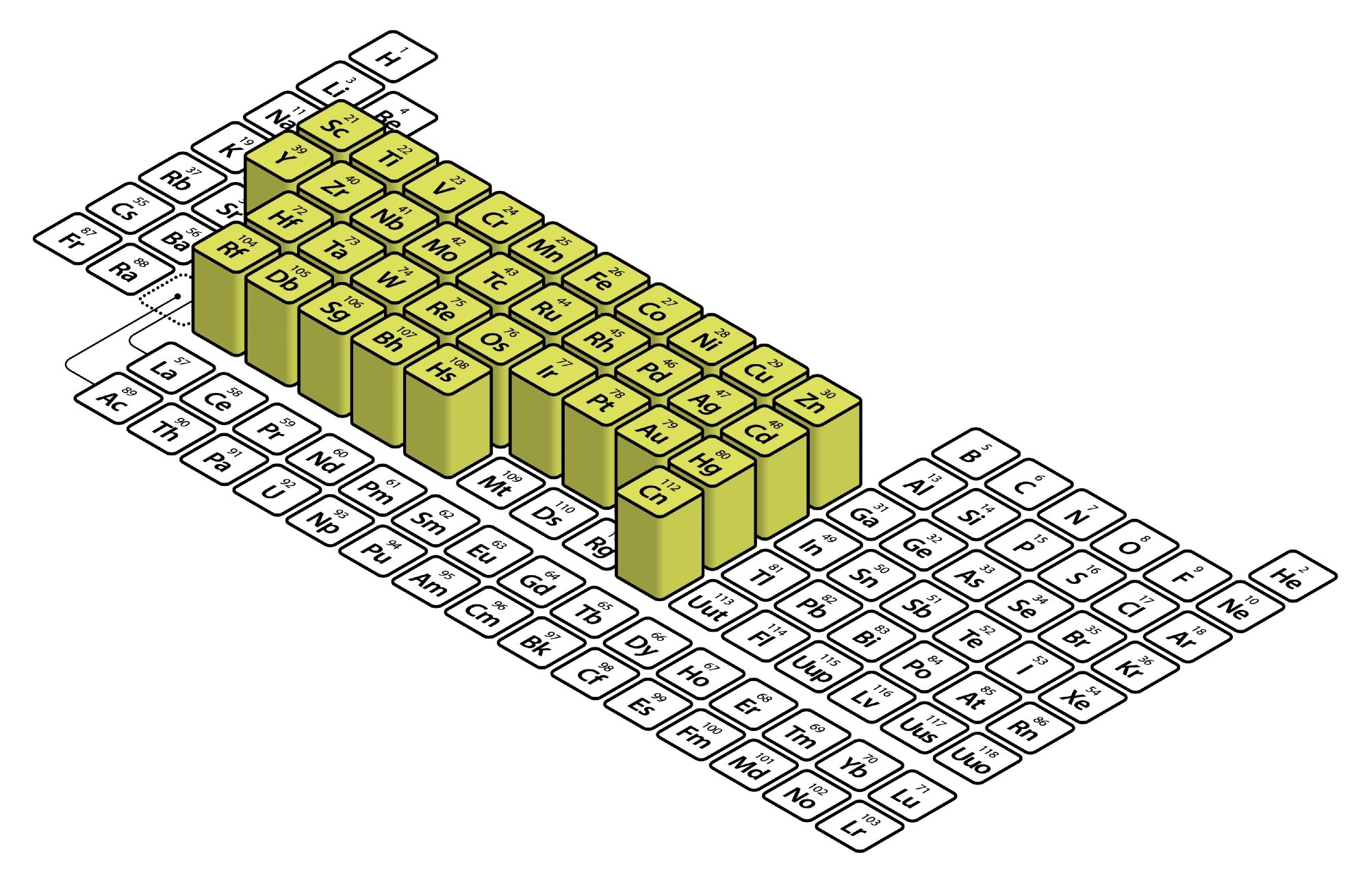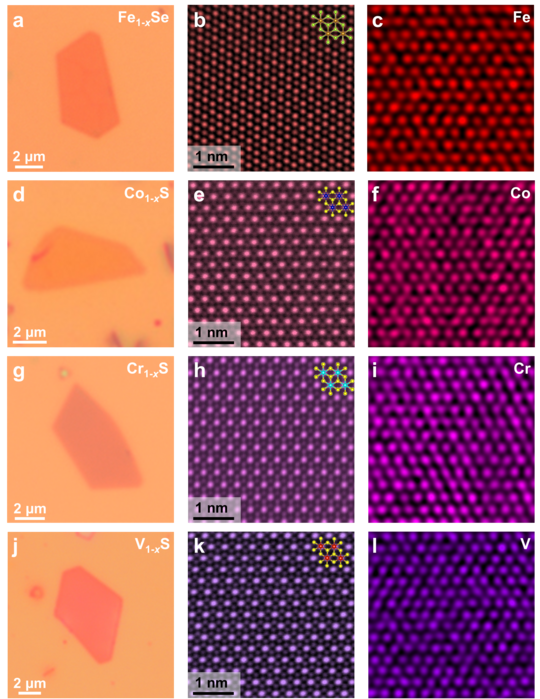The wide range of material options and potential applications in a variety of fields, including optoelectronics and electronics, has attracted attention toward two-dimensional transition metal chalcogenides (2D TMCs).

Image Credit: Zern Liew/Shutterstock.com
Non-layered TMCs are distinct from the extensively researched layered TMCs (such as MoS2) because of their strong intralayer and interlayer bonding and unsaturated dangling bonds on the surface.
The examinations of these non-layered TMC materials have, up till now, been primarily restricted to bulks or polycrystalline films due to established preparation techniques, which have prevented the study of their physical characteristics and properties at 2D thickness limit.
A team led by Professors Bilu Liu and Hui-Ming Cheng from the Tsinghua-Berkeley Shenzhen Institute (TBSI) of Tsinghua University and Professors Junhao Lin and Yue Zhao of the Southern University of Science and Technology have developed a novel dual-metal precursors method that enables the controllable growth of several non-layered 2D TMCs, including Fe1-xS, Fe1-xSe, Co1-xS, Cr1-xS, and V1-xS.
The study was published in the journal Science Bulletin.

(a, d, g, j) Optical microscopy images of 2D Fe1–xSe, Co1–xS, Cr1–xS, and V1–xS. (b, e, h, k) HAADF-STEM images of 2D Fe1–xSe, Co1–xS, Cr1–xS, and V1–xS. (c, f, i, l) Atomic resolved EDS maps of Fe, Co, Cr, and V elements. Image Credit: ©Science China Press.
The dual-metal precursors in this method were a mixture of a low-melting-point metal chloride and the matching high-melting-point metal powder. The evaporation rate was tightly controlled during the gas-phase reaction process to maintain a steady metal source feed and promote the development of non-layered 2D TMCs with thin thickness. Consider hexagonal Fe1-xS, where the thickness is as low as 3 nm and the lateral dimension is as high as >100 μm.
The structure and transport characteristics of Fe1-xS at the 2D thickness limit were for the first time measured thanks to the ultrathin nature and flat surface of the produced flakes. In the non-layered TMC family, intrinsic ordered cation vacancies have been confirmed by advanced microscopy examinations. On the other hand, in typical layered TMCs like MoS2, anion vacancies (S, Se, and Te) are well-known dominant point defects.
Theoretical studies and low-temperature transport tests show that 2D Fe1-xS is a semiconductor with a 20–60 meV narrow bandgap. 2D Fe1-xS exhibits greater air stability and thermal stability than other narrow bandgap 2D materials like 1T'-MoTe2 and black phosphorus.
This research fundamentally resolves the issue of producing ultrathin non-layered materials, providing the material foundation for both the theoretical analysis and practical applications of this new class of non-layered 2D materials.
The study was funded by the National Science Fund for Distinguished Young Scholars (52125309), the National Natural Science Foundation of China (51991343, 51920105002, 51991340, 52188101, and 11974156), and the Guangdong Innovative and Entrepreneurial Research Team Program (2017ZT07C341 and 2019ZT08C044).
The Bureau of Industry and Information Technology of Shenzhen for the ‘‘2017 Graphene Manufacturing Innovation Center Project” (201901171523), Shenzhen Basic Research Project (JCYJ20200109144616617 and JCYJ20190809180605522), and Shenzhen Science and Technology Program (KQTD2 0190929173815000 and 20200925161102001) also provided funding for the research.
The authors also acknowledge the assistance of SUSTech Core Research Facilities, particularly technical support from Pico-Centre. The current study was also assisted by the professional FIB-TEM consulting services provided by Hong Kong Ultravision Holdings Co., Limited.
Journal Reference
Tan, J., et al. (2022) Dual-metal precursors for the universal growth of non-layered 2D transition metal chalcogenides with ordered cation vacancies. Science Bulletin. https://www.sciencedirect.com/science/article/pii/S2095927322002687?via%3Dihub